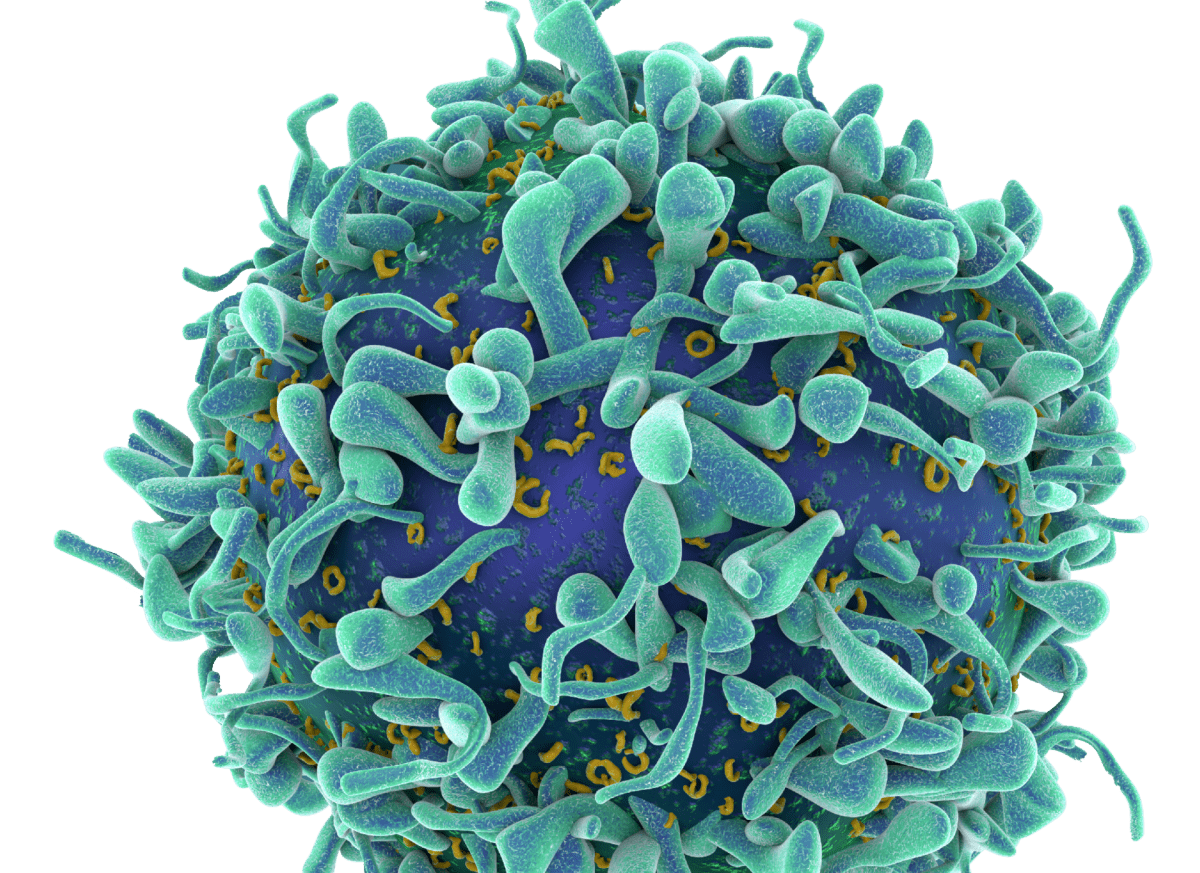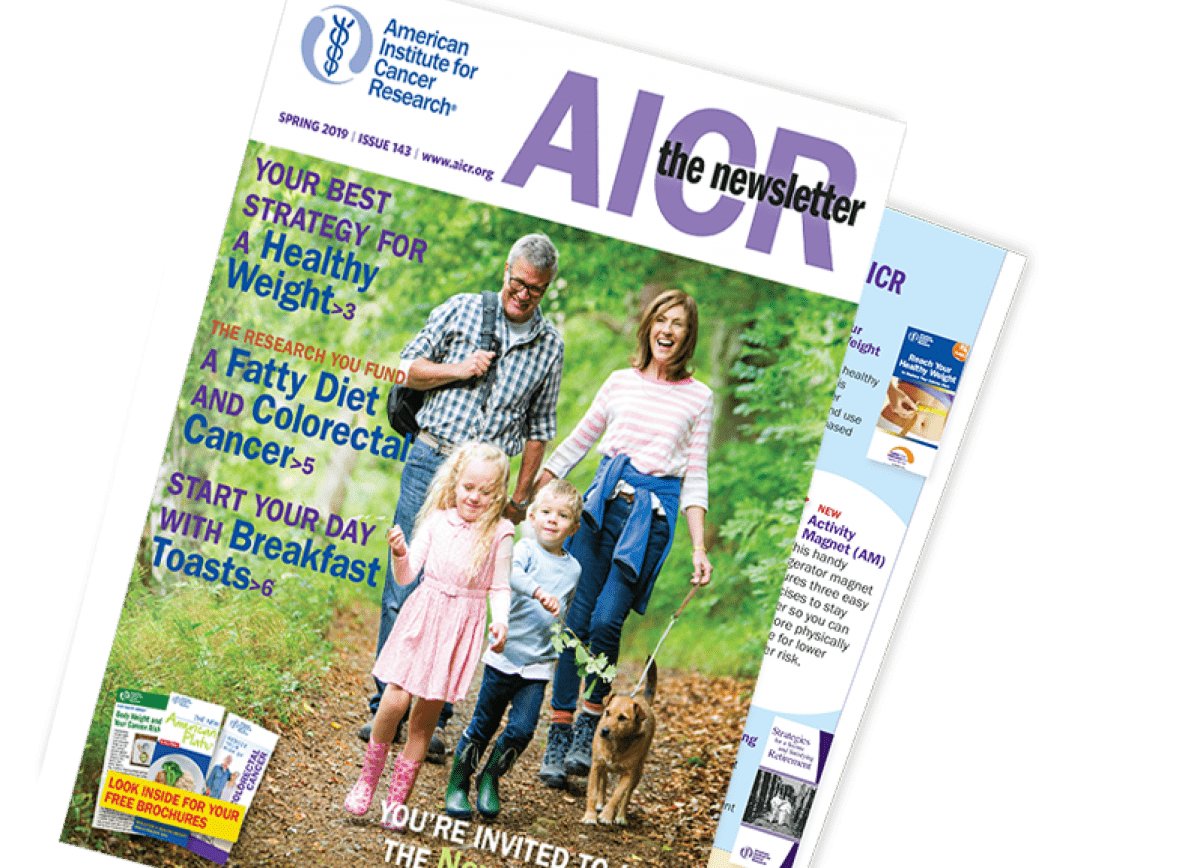Spring 2020 Archive
The CARES (Coronavirus Aid, Relief, and Economic Security) Act includes help for charities and their donors.
Non-itemizing taxpayers can claim up to $300 as an above-the-line deduction for cash gifts to charity. The deduction, which is not available for contributions to donor advised funds or supporting organizations, is effective for “taxable years beginning after December 31, 2019.”
The usual deduction limitation of 60% of adjusted gross income (AGI) for cash gifts to charity is increased to 100% for 2020. The limit for gifts of appreciated property remains at 30% of AGI. Excess gifts can be carried over for up to five additional tax years.
Although required minimum distributions are waived for 2020, taxpayers age 70½ or older may still make qualified charitable distributions of up to $100,000 annually from IRAs and avoid any income tax. IRA gifts may make sense, particularly for taxpayers who don’t itemize.
There are ways clients can stretch the value of their charitable gifts this year:
With the stock market down, donors could sell property that has depreciated, generating a capital loss deduction. If the cash proceeds are then given to charity, the donor can claim the $300 above-the-line deduction.
Donors with adult children who don’t itemize can make $300 gifts to their children, enabling their children to make charitable gifts and claim the $300 deduction.
Donors wishing to make larger cash gifts can give up to 100% of their expected AGI for 2020. By lowering AGI, a donor could potentially reduce other taxes, such as the 3.8% net-investment income tax, or save on future Medicare premiums.
Taxpayers who don’t need the $1,200 rebate checks ($2,400 for joint filers) being issued by the IRS can make a charitable gift of the funds. The rebates are advance refunds of credits against 2020 income taxes and will not be subject to income tax.
The stock market has taken a steep drop since the start of the Coronavirus pandemic and the ensuing shutdown of much of the economy. At the same time, interest rates have been dropping. The federal midterm interest rate (§7520 rate), used to value the deduction for charitable remainder trusts, charitable lead trusts, charitable gift annuities and remainder interests in homes and farms, dropped to 0.8% for May, the lowest level since the rate was first introduced in 1989.
The charitable deduction for lead trusts and remainder interests in homes and farms are higher during times of low §7520 rates. The combination of low interest rates and reduced value of stocks make it an excellent time for clients who may be subject to estate and/or gift tax to consider the charitable lead trust as a tax-efficient way to pass assets to family members while also providing current support to charities. The lead trust is often described as the reverse of the remainder trust. Lead trusts make payments pay income to charity for a period of time before assets revert back to the donor (a grantor trust) or, more commonly, pass to other family members (usually a non-grantor trust). In the case of the non-grantor lead trust, the value of the family’s interest is reduced by the value of the charitable income interest. It’s possible to zero out the family’s remainder interest by adjusting the amount paid to charity and/or the length of time the trust lasts.
Estates up to $11.58 million are exempt from tax in 2020. Married couples are able to pass up to $23.16 million, thanks to the exemption and portability, which allows surviving spouses to use any unused portion of the deceased spouse’s $11.58 million exemption. While only a few thousand estates per year are subject to tax at those levels, the sheltered amount is scheduled to drop back to pre-2018 rates in 2026, with adjustments for inflation during the interim—estimated at about $6.5 million. Clients with estates currently higher than $11.58 million (or $23.16 million) and those who anticipate they will be subject to estate taxes after 2025 may want to consider the financial advantages of the charitable lead trust.
For example, Jack’s estate has dropped from about $32 million to $25 million, due to the decline in the stock market. The estate tax due if he died in 2020 would be $5,368,000. Jack gives generously every year to several charities. He could fund a $5 million charitable lead annuity trust, using assets he expects to rebound in value, that will pay 5% ($250,000) annually to charities he selects. At the end of 20 years, the trust would end and assets pass to his children. Jack is not entitled to an income tax charitable deduction, but he can take a gift tax charitable deduction of more than $4.6 million, completely eliminating any gift tax on the transfer to his children, even if the value of the assets climbs to $10 million or more by the end of the trust term. He reduces his income by the amount the $5 million generates each year, passes a significant sum to his children and gives $5 million over the next 20 years to charities he supports.
Unlike charitable remainder trusts, charitable lead trusts are not tax-exempt entities, so the trust pays tax if appreciated assets are sold by the trustee. Lead trusts also are not subject to the 5% minimum payout amount that applies to remainder trusts.
Only 13,526 federal estate tax returns were filed in 2018, some covering deaths in 2017. Of those, only 5,484 were subject to tax. Publicly traded stock represented the largest single asset for the returns filed, at nearly $55.6 billion. Personal residences and other real estate totaled nearly $29.5 billion.
Charitable deductions of $22,575,654,000 were claimed on 2,868 of the returns. Of those estates subject to tax, 1,391 estates reported charitable bequests, totaling nearly $13 billion.
Bonds are interest-paying I.O.U.s that corporations and government agencies offer to people seeking fixed-income investments. Bonds may also represent an opportunity for tax-wise philanthropy. Different types of bonds have different tax results:
Corporate bonds—Generally, a donor can deduct the full fair market value of any corporate bonds given to charity. Donors pay no capital gains tax on the paper profit and, like other appreciated assets, gifts of bonds are deductible up to 30% of the donor’s adjusted gross income, with a five-year carryover for excess deductions.
Municipal bonds—State and municipal bonds that pay tax-exempt interest can be contributed to charity in the same manner as corporate bonds. Donors sometimes use tax-free bonds in special giving arrangements which provide them with payments for life (which generally remain tax exempt) and income tax charitable deductions.
Tax-exempt bonds can also be used to fund a grantor charitable lead trust that provides income for a period of time to a charity. The donor is entitled to an income tax charitable deduction in the year the trust is established, with the bonds typically returned to the donor when the trust ends.
U.S. savings bonds—It is not possible, under Treasury regulations, to name charity as either a joint owner or death beneficiary of savings bonds. However, bonds can be left to charity in a will or revocable living trust. The donor’s estate avoids all tax on the income in respect of a decedent in the bonds.
© Copyright Sharpe Group. All rights reserved.






